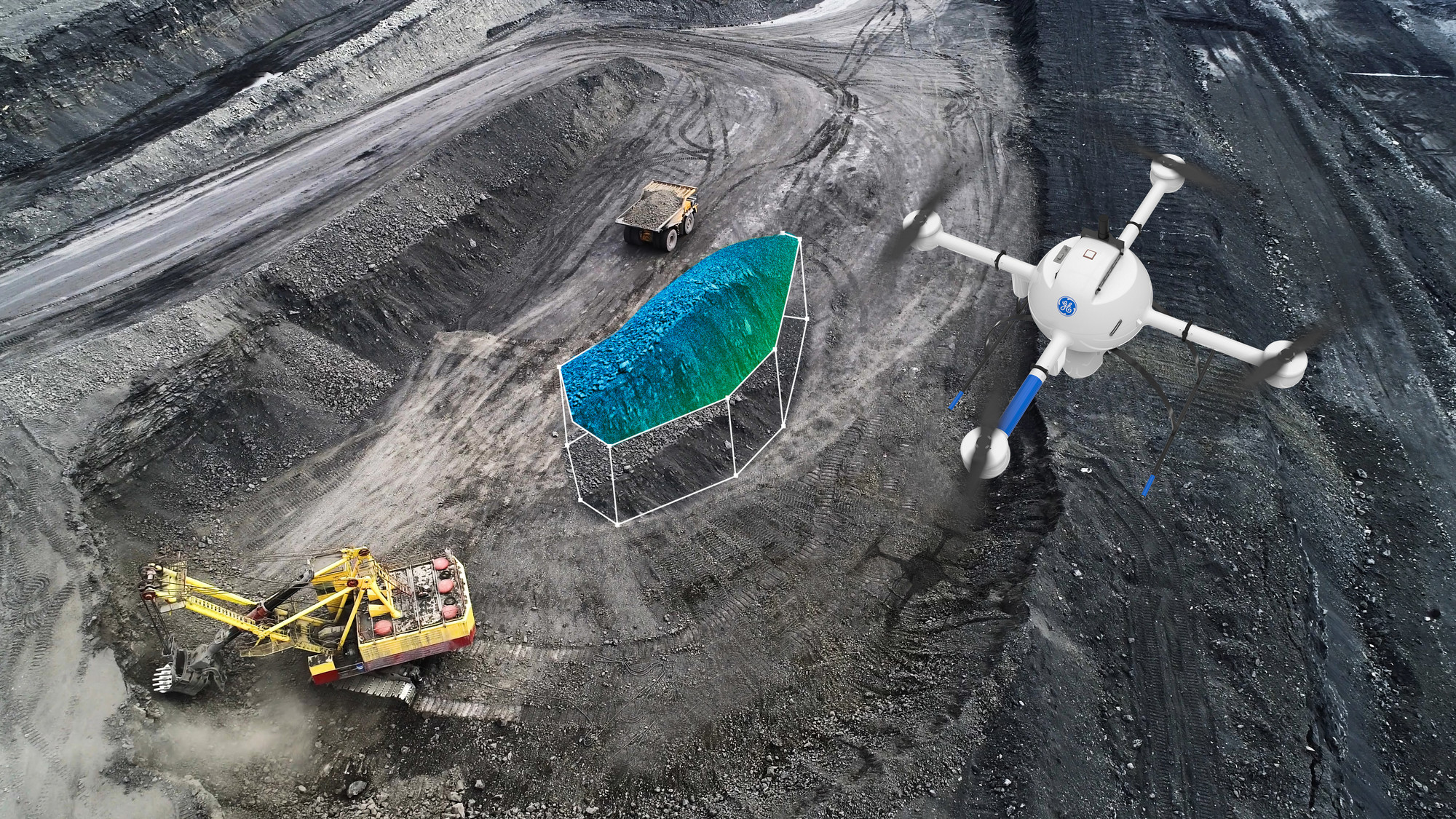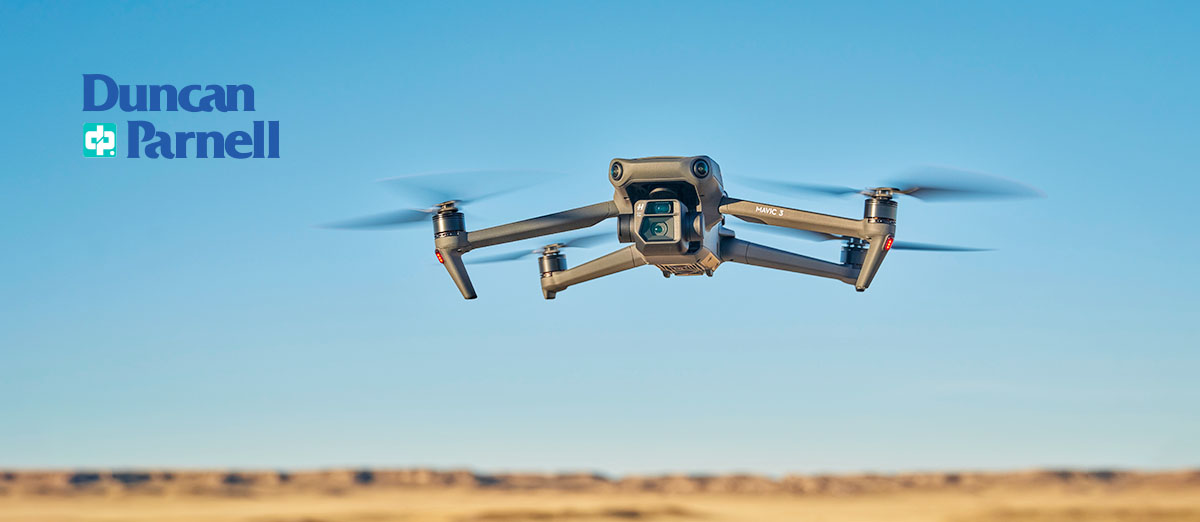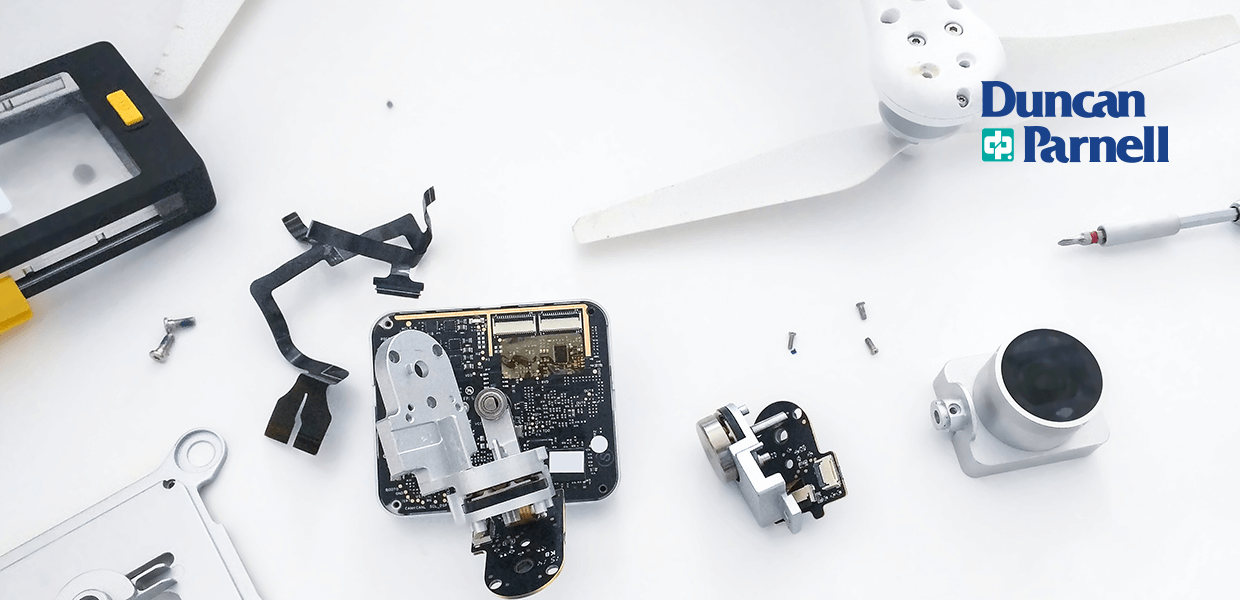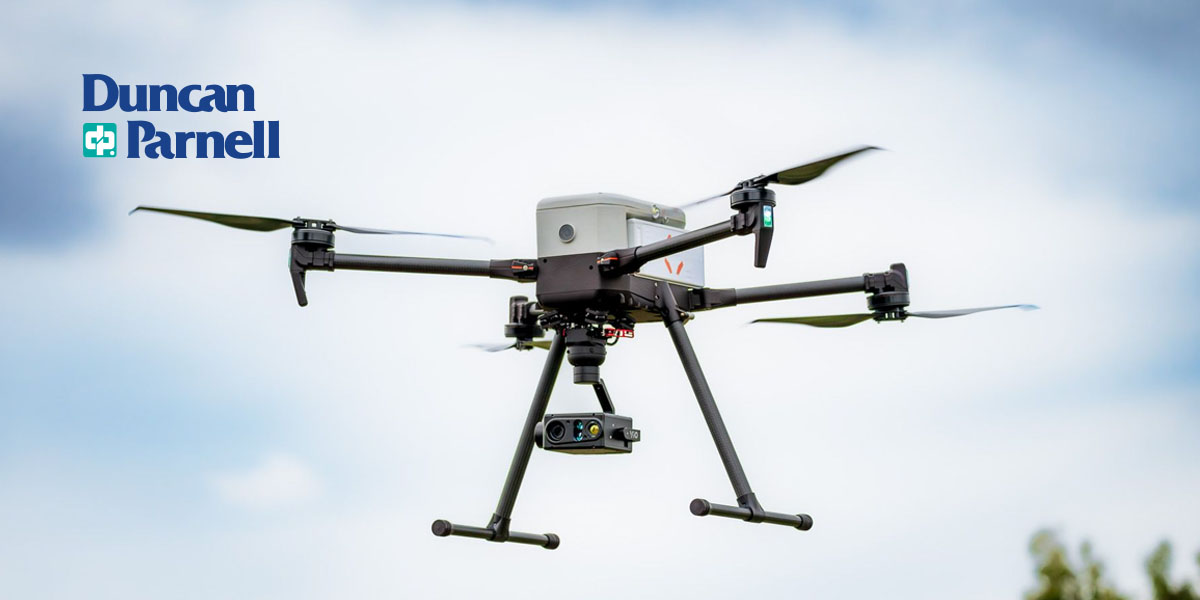Drone Regulations and Compliance Overview
Federal and state laws regulate drone operations in the United States. These laws determine the permitted altitudes, weights, and flight times for drones and restrict drone flights in certain areas for privacy and security. If you're using drones for commercial use, it's important to note that commercial drone flights have more limitations. This guide discusses drone regulations and provides an overview of compliance in detail to help you remain informed.
Drone Laws and Regulations
The Federal Aviation Administration (FAA) oversees operations within the National Airspace System (NAS) in the United States. The NAS is the airspace between the ground and the upper limits of navigable space. All aircraft, including drones, that fly within this space must comply with FAA regulations. In some cases, pilots can obtain permits from the FAA to bypass these restrictions.
There are three categories of drone laws and regulations to be aware of:
Drone Operation Guidelines
FAA drone rules and requirements under Title 14 of the Code of Federal Regulations (CFR) Part 107 regulate small unmanned aircraft systems (UAS). This law applies to drones that weigh below 55 pounds on takeoff. Most commercial drone operators fall within this category. The small UAS rule requires drone operators to register their drones with and obtain a drone pilot certification from the FAA.
If your drone weighs over 55 pounds, you must obtain an exemption under 14 CFR Part 11 and Title 49, section 44807 of the United States Code (USC) — 49 USC 44807 is the Special Authority for Certain Unmanned Systems. It grants the Secretary of Transportation the authority to determine whether certain unmanned aircraft can operate safely within the NAS.
You must file a petition to request an FAA exemption under 49 USC 44807. It's essential to review the FAA's rules to ensure your petition contains the relevant information, such as:
- Operations manual
- Maintenance manual
- Concept of operations
- Emergency procedures
- Flight history
- Training program
A safety risk analysis may also be conducted for complex operations, such as:
- Flights outside the visual line of sight
- Flights in close proximity to people
- Operation from a moving vehicle
- Operation of multiple UAS
- Package delivery
- High-speed UAS
Drone Privacy Guidelines

Privacy is a notable part of drone regulations. The FAA's mission is to provide a safe and secure NAS, which includes privacy-related issues. As a result, the FAA regulates where drones can fly, how high they can go, and the need for registration.
The No Drone Zone helps people identify prohibited flying areas for UASs. The operating restrictions are location-specific and can be found on the B4UFLY application. The FAA rules also provide guidance on temporary flight restrictions (TFRs), or areas where flight is limited for a certain period. TFRs may apply for different reasons, such as when a member of the government is in the area. TSRs may also provide information about the altitude, day and time, permitted operations, and size when flying a drone in the area.
The FAA partners with state and local governments to regulate takeoffs and landings. Most privacy concerns are handled at the state and local levels. Regulation varies from jurisdiction to jurisdiction but usually includes the following:
- Trespassing, such as flying over private property
- Filming over private property without consent
- Taking pictures where an individual has a reasonable expectation of privacy
- Publishing private images without consent
- Using drones to harass or abuse people
Remain up-to-date on drone privacy regulations so you can operate your drone safely and legally.
Drone Safety Guidelines
FAA regulations and state laws contain safety guidelines for drone flights. These guidelines are designed to protect public safety by mitigating risks to people and property. Drone safety laws cover many areas, such as:
- Pilot qualifications: Pilots must obtain a valid UAS certification before flying a drone.
- Altitude restrictions: Pilots must fly drones below 400 feet above ground level.
- Flight over people: Pilots must avoid flying over people not directly participating in the operation.
- Flight around property: Operators must avoid flying around or endangering the property of others.
- Flying near structures: Pilots must avoid flying over non-participating vehicles, vessels, or structures. They must also maintain a distance of 50 feet from above-ground utility lines.
- Daylight hours: Operators can only fly drones between sunrise and sunset. (unless operating a drone with FAA-compliant anti-collision lighting)
- Line of sight: Pilots must fly drones within their line of sight.
- Right of way: Operators must respect motorists, bicyclists, and pedestrians.
- Physical and mental condition: Operators must avoid flying drones if physical or mental impairment interferes with safe operation.
- Flight conditions: Pilots must ensure drones are in good condition before flying.
- Conduct of flight: Pilots must avoid operating drones recklessly and carelessly.
- Mass gathering: Operators must avoid flying over mass assemblies like sporting events.
- Number of UASs: Operators must only fly one UAS at a time unless permitted.
- Emergency response: Pilots must avoid flying near emergency response activity.
What Is Remote ID?
FAA regulation now requires pilots to obtain a remote ID for certain drones. The remote ID provides location and identification information for drones in flight. The primary goal of this regulation is to enhance safety and security for drone operations. To be remote ID compliant, your drone must have built-in remote ID broadcast capabilities. If not, you can purchase an external device that enables remote ID broadcasting.
The Drone Registration Process
FAA rules require commercial operators to obtain a remote pilot certificate, demonstrating that they understand the regulations, procedures, and operating requirements for safely flying drones.
Below are the steps to follow if you are a first-time pilot:
- Assess the eligibility requirements to ensure you qualify.
- Create an Integrated Airman Certification and Rating Application (IACRA) profile and obtain an FAA Tracking Number (FTN).
- Schedule an appointment with a knowledge testing center approved by the FAA.
- Pass the initial aeronautical knowledge test, known as “Unmanned Aircraft General - Small (UAG).”
- Complete Form 8710-13 for a remote pilot certification through your IACRA portal. The FAA will send the remote pilot certificate to your email.
Existing certificate holders must follow these steps:
- Create or log in to your existing account on the FAA website.
- Complete the Part 107 small UAS initial (ALC-451) course.
- Create or log in to your existing IACRA account.
- Complete Form 8710-13 for the remote pilot certificate.
- Book an appointment with an approved body, such as the Flight Standards District Office or a certified flight instructor, to validate your identity.
- Receive the certificate.
Explore Commercial Drones at Duncan-Parnell
Duncan-Parnell partners with leading unmanned aerial vehicle manufacturers to provide high-quality commercial drone solutions. With over 75 years of experience, we understand the industry and can deliver equipment that suits your needs. Our selection of products serves many applications, including construction, agriculture, and public safety.
Shop our available UAVs today. If you want to learn more about commercial drones or how else we can meet your needs, contact us now!





